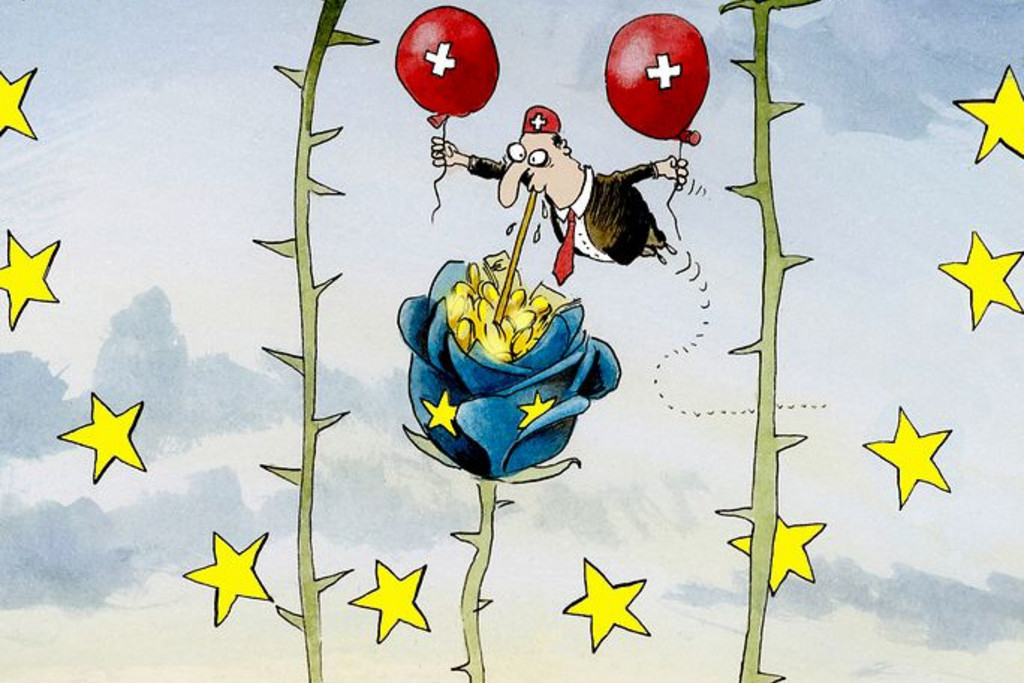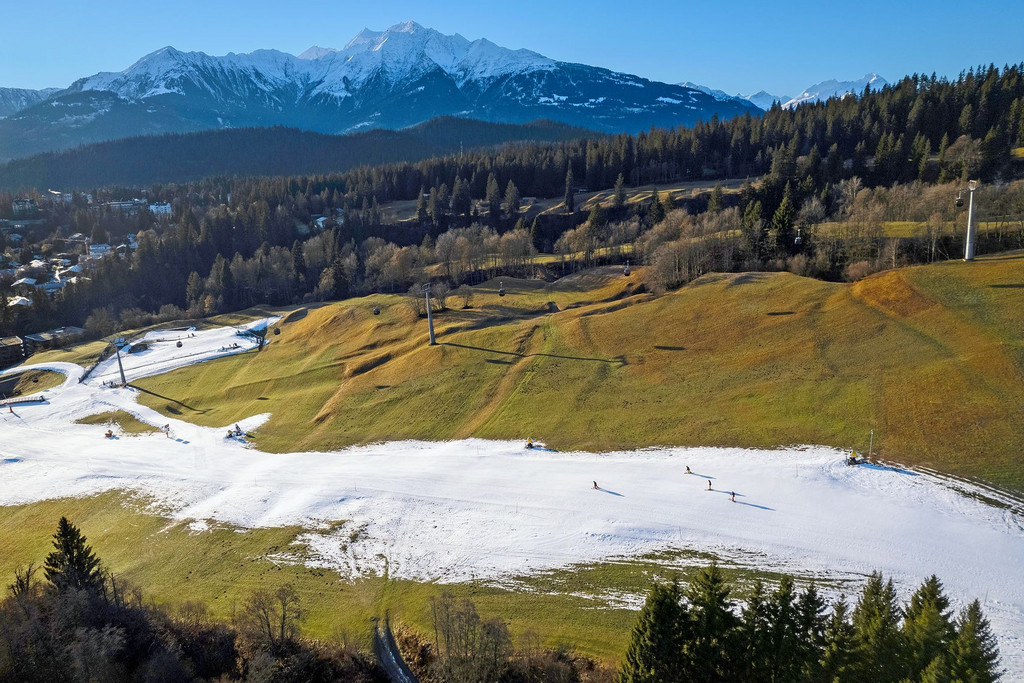“Swiss Review”: Does Switzerland suffer from overtourism, Jürg Stettler?
Jürg Stettler: Some destinations are experiencing similar visitor patterns to those seen in the oft-cited hotspots of Venice, Barcelona and Amsterdam, albeit not to the same extent. However, we lack an objective means of defining overtourism. Indicators such as the ratio of tourists to locals might help, but overtourism is a very subjective concept. It all depends on your point of view. On the one hand, locals will say that Lucerne or Interlaken are no longer the places they used to be. But then you have the people running the souvenir shops who will say something completely different.
Saturation, overcrowding, souvenir shops everywhere. These are the symptoms. Isn’t that what overtourism essentially is?
They are all relevant, for sure. But even they are subjective. The same applies to the notion of “wall-to-wall tourists”. I was at a conference in Venice in the summer of last year. Venice in peak season? A nightmare, surely, if you believe what the media tell you. And it was indeed pretty crowded in certain places at specific times of the day. But what I didn’t expect to find were deserted, tranquil spots just 100 metres away from the hustle and bustle.
Is overtourism a media exaggeration then?
No, but we tend to oversimplify the conversation instead of looking for facts. We lack the data to make a qualified judgement. I don’t want to play down the issue, but we need to look at it from more than one angle.
What are the causes of mass tourism?
Global growth in tourism is the main cause. More and more people from big markets such as China and India can now afford to travel. And they all want to visit the same beautiful places. There is nothing unusual about this. We Swiss do exactly the same. But the issue here is the volume of tourists. Then we have social media. Whether it be snap-happy Instagrammers on the one hand or travel bloggers on the other telling us about their bucket lists – the end result is that even more people travel to the same destinations.
What is the most effective way to manage this phenomenon? Charge admission fees? Raise parking costs? Manage crowd flow? Restrict Airbnb?
Many measures simply don’t work in historic cities, or their impact is limited. Essentially, tourist destinations need to have an idea of what type of tourism they want in future. All stakeholders need to be involved, so that everyone is pulling in the same direction at a later stage. Lucerne’s director of tourism may well want to promote high-quality tourism in the long term, but nothing much will change if the local mountain railway or watch company strikes advantageous bulk deals with Chinese tour operators. Making sure that everyone is reading from the same page is far from easy, but I don’t see any alternative. Otherwise, tourists will feel the backlash sooner or later – from the local population or from politicians. And we will then have to resort to hard measures, such as banning Airbnb.
Which destination off the beaten track would you recommend to Swiss Abroad who wish to have a holiday in Switzerland?
Any place that you can only reach by foot or by bike is very likely to be a hidden gem at certain times of the day. If I were to give you one name, it would be Fräkmüntegg on Mount Pilatus – situated on the cantonal border between Lucerne and Nidwalden. Get up there before sunset to enjoy the tranquillity and the view. But please don’t post anything on Instagram!
Read more: Tourists everywhere






![[Translate to English:]](/fileadmin/_processed_/3/7/csm_max-spring-3-cartoons-de_3c29839370.png)




Comments